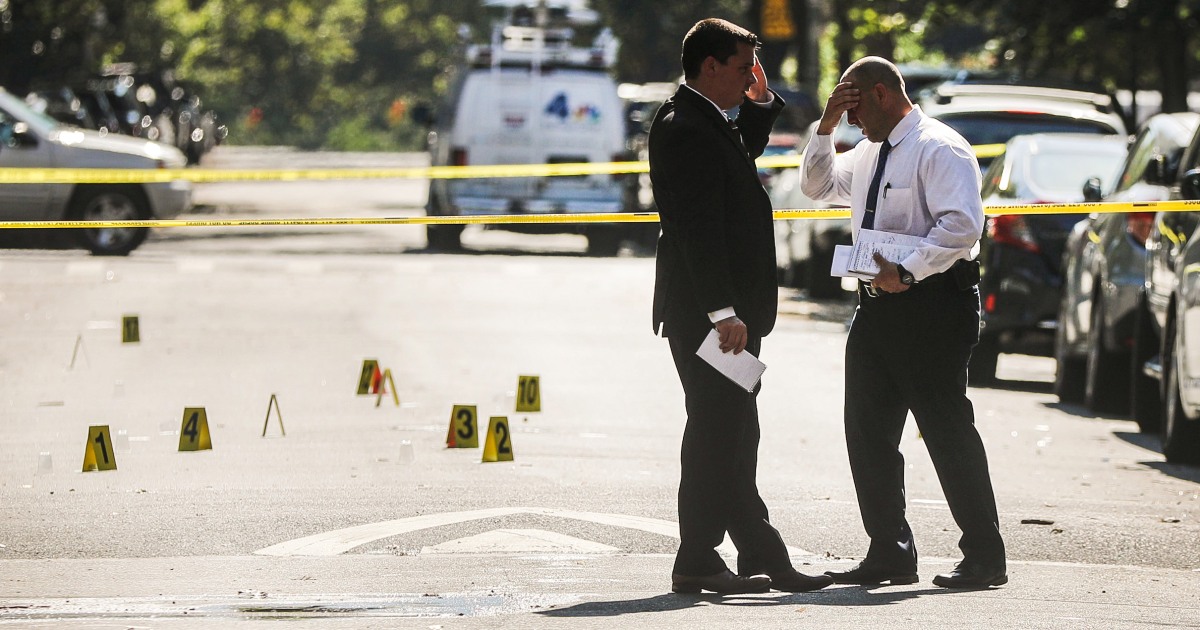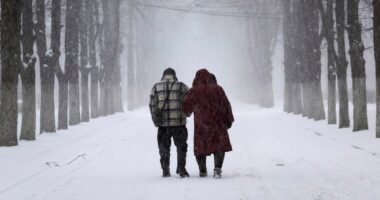
The U.S. experienced a historic rise in gun deaths in 2020, affecting all age groups and widening existing racial and ethnic disparities across the nation, federal health officials said Tuesday.
From 2019 to 2020, firearm homicide rates increased by almost 35 percent, the highest level recorded in over 25 years, according to the Centers for Disease Control and Prevention.
Nearly 80 percent of all homicides and 53 percent of all suicides involved firearms in 2020, the CDC said. The number of firearm homicides grew from nearly 14,400 in 2019 to 19,350 in 2020, said Thomas Simon, associate director for science with the CDC’s violence prevention division.
“That’s nearly 5,000 more lives lost to firearm homicides in one year,” Simon told reporters during a telephone news conference.
Simon said firearm homicides increased across all age groups and genders, and across the country, in both urban and rural areas, especially in counties with higher levels of poverty.
The largest increase in firearm homicides was among Black people, Simon said, adding that the rate among young Black men and boys, aged 10 to 24, was more than 21 times as high as the rate of young white men and boys in the same age group in 2020.
The overall firearm suicide rate, while higher than the rate of firearm homicides, remained relatively unchanged from 2019 to 2020, the CDC said.
Federal health officials said pandemic-related stressors may have contributed to the surge in gun deaths. That includes mental stress, social isolation, disruptions to services and education, job loss and other financial difficulties.
“The Covid-19 pandemic could have worsened the effects of these and other existing social and economic stressors that increase the risk for homicides and suicides,” Simon said.
Dr. Debra Houry, the CDC’s acting principal deputy director, said firearm injury is “tragically a major public health problem in the United States,” but one that can be reduced if more immediate and long-term solutions are put in place.
Houry said outreach workers, or violence interrupters, have shown promising results as they can identify and mediate potentially lethal conflicts in the community. They then follow up to ensure that conflicts do not escalate and connect those in need with community services and treatment.
Houry also noted hospital-based violence prevention programs, which help young people after they’re admitted to hospitals with gunshot wounds or other assault-related injuries.
“Firearm deaths are preventable, not inevitable,” she said. “And everyone has a role to play in prevention.”
Source: | This article originally belongs to Nbcnews.com









